Starting your skateboarding journey can be an exhilarating experience, filled with curiosity and excitement. For many beginners, the first step is figuring out the best skateboard setup that suits their needs. Whether you’re looking for stability, durability, or performance, selecting the right equipment is crucial to making your experience enjoyable from the very first roll. This guide will walk you through everything you need to know to set up your skateboard correctly, ensuring you’re prepared to hit the streets or the park with confidence. From choosing the perfect board to understanding the essential tools for assembly, we’ve got you covered. So, grab your board, gather your tools, and let’s get started on your path to becoming a skilled skateboarder!
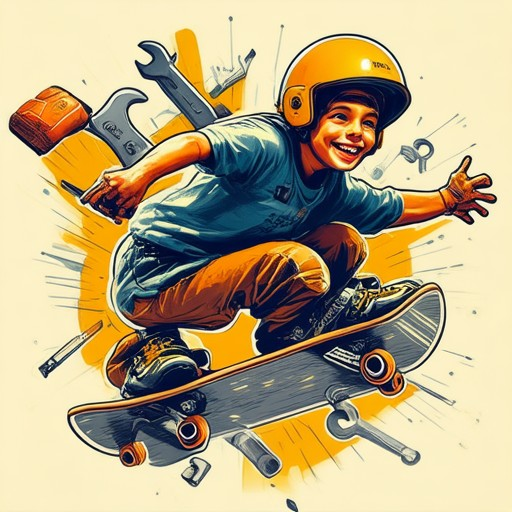
How to Setup Your First Skateboard
To set up your first skateboard, follow these steps for a smooth and enjoyable experience:
- Choose the Right Deck Size
Select a deck size based on your shoe size and riding style. A standard size for most riders is 8.25 inches, which fits well with shoes sized 10 or below. Consider a hybrid or cruiser deck for added stability and comfort. - Pick the Appropriate Trucks
Trucks come in various configurations. For stability, opt for a low hanger height and medium axle length. Look for reputable brands like Independent or Thunder for durability and adjustability. - Decide on Wheel Hardness
Soft wheels (ABTCTM 75A) offer better grip on rough surfaces, while harder wheels (80A or above) provide speed on smooth terrain. Choose based on your riding conditions. - Install Griptape
Apply griptape to the deck for better traction. A square pattern is ideal for carving, while chevron patterns enhance slide control. Ensure it’s securely attached for maximum grip. - Assemble Components Properly
- Attach trucks to the deck using the provided bolts and nuts. Tighten loosely to allow some movement.
- Mount the wheels on the truck hubs, aligning the wheelbase with the deck’s center.
- Securely fasten all components, avoiding over-tightening to prevent damage.
- Break In the Board Gently
Ride on smooth surfaces initially and avoid hard impacts. Take it easy on roads and consider practicing on grass or pavement to ease into the setup. - Wear Protective Gear
Equip yourself with knee pads, elbow pads, and a helmet to stay protected during learning sessions. - Consider Customization Options
Customize your setup with grip tape or replace wheels later if needed. Keep tools like a wrench and screwdriver handy for minor adjustments.
By following these steps, you’ll have a well-set-up skateboard ready for your adventures. Visit a local skate shop for personalized advice and explore their selection to find the perfect setup for your needs.
What Skateboard Should a Beginner Use?
A great skateboard for a beginner is a pre-built complete skateboard, as it comes ready to ride with no assembly required. These sets typically include a deck, wheels, trucks, and bearings. Here’s a breakdown of what to look for:
1. Board Size
- Most starter boards are around 7.5″ to 8″ in size, which is suitable for most riders. Choose based on your weight and height for better balance and control.
2. Deck Shape
- Popsicle-shaped decks are a classic choice for street skating and tricks. They are lightweight and maneuverable. Other shapes, like the Cruiser or Bubble, may suit different riding styles.
3. Wheel Choice
- Soft wheels (around 53-56mm) are ideal for rough surfaces and learning. Harder wheels (58-60mm) are faster but less forgiving. Make sure the wheels are tightly attached to the axle for smooth spinning.
4. Trucks and Axles
- Look for trucks that are slightly looser for better turning but still stable. Check the bearings (usually ABEC-7 or -9) to ensure they spin freely. Use a bearing tool to adjust them properly.
5. Brand Recommendations
- Element Skateboards offers reliable, well-rounded boards for all skill levels.
- Penny Skateboards are known for their unique design and durability.
- Plan B Skateboards provides high-quality options for those looking to progress quickly.
6. Safety Gear
- Always wear a helmet, knee pads, and wrist guards to protect yourself while learning.
7. Maintenance Tips
- Clean your board regularly with water and a mild soap. Inspect for cracks or wear, especially around the edges. Lubricate the bearings with silicone-based oil to keep them spinning smoothly.
8. Find Your Fit
- Try different sizes and styles before committing. What feels comfortable and balanced is key to enjoying your experience.
Learn more about selecting the perfect skateboard for your skill level .
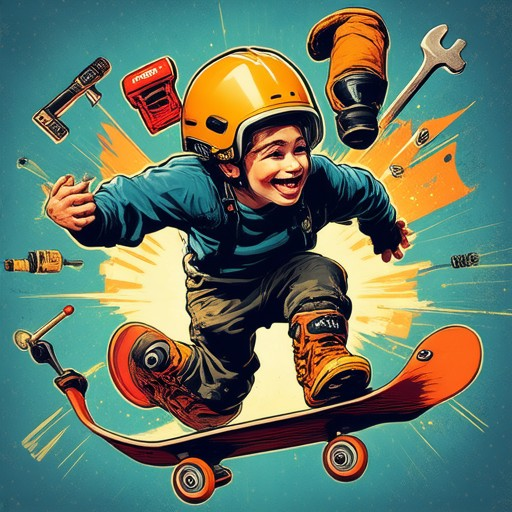
In What State Is It Illegal To Skateboard Without A License?
Several states in the United States have laws that require individuals to obtain a special license to skateboard. These regulations are often in place to promote safety and regulate skateboarding activities in public areas. Below is a breakdown of some states that enforce such laws:
Florida
In Florida, it is illegal to skateboard without a license. The law requires individuals aged 12 and older to obtain a special license from the Department of Highway Safety and Motor Vehicles. This license allows skating in roadways or shared-use paths. Exceptions apply for minors under 18, who can skate without a license but must follow local regulations.
California
California also mandates that skateboarders under 18 years old must carry a valid driver’s license or a special skateboard permit. This permit allows skateboarders to ride in roadways or bike lanes. Failure to comply with these regulations can result in fines or penalties.
New York
New York State requires skateboarders to wear helmets and follow certain safety guidelines. While a license is not explicitly required, local ordinances may impose restrictions on where and how skating can occur. Violations can lead to citations or fines.
Texas
Texas law requires skateboarders aged 16 and younger to wear helmets and have a parent or guardian accompany them if they are under 13. While a license is not mandatory, local jurisdictions may have additional rules regarding skateboarding in public areas.
Michigan
Michigan does not require a special license for skateboarding, but local ordinances may restrict where and how skating can take place. Helmets are recommended but not mandatory for skateboarders under the age of 18.
Exceptions and Considerations
- Minors under 18 years old are typically exempt from license requirements but must adhere to local regulations.
- Some cities may allow skateboarding in specific areas like parks or designated zones, even without a license.
- Always check local laws and ordinances before skateboarding in public spaces to ensure compliance.
By understanding these laws, skateboarders can enjoy their activity responsibly while respecting local regulations and safety guidelines.
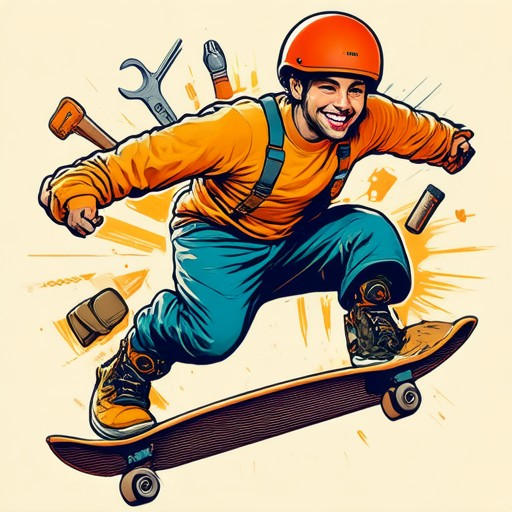
Is a 7.75 Skateboard Good for Beginners?
A 7.75-inch skateboard deck can be a good option for beginners, especially if you’re looking for something slightly wider than the standard 7.5-inch size. Here’s why:
- Width and Stability :
- Wider boards, like the 7.75-inch size, are generally easier to maneuver and provide better stability, which can help beginners stay balanced, especially when learning tricks or transitioning between surfaces.
- Flexibility and Comfort :
- The medium stiffness of a 7.75-inch deck offers a good balance between flexibility and durability, making it comfortable for riders of all skill levels. It’s soft enough to absorb shocks and impacts, which is important for those still mastering their technique.
- Reputable Brands :
- Brands like Santa Cruz and Plan B offer 7.75-inch models that are popular among both newcomers and experienced riders. These boards are known for their quality and performance, making them a reliable choice for anyone starting out.
- Trucks and Wheels :
- Pairing the 7.75-inch deck with high-quality trucks and smooth wheels ensures optimal performance. This setup allows for better control and a smoother ride, which is crucial for building confidence and skill.
While a 7.75-inch deck can work well for many beginners, keep in mind that personal preference and comfort play a significant role. Some riders may find a slightly larger size, like 8 inches, to be more stable. Experiment with different sizes and setups to find what works best for you.
Are 8.25 Decks Hard to Flip?
Not necessarily. An 8.25-inch deck is commonly considered a standard size for skateboards, making it a versatile option for many riders. Its medium stiffness allows for solid flips without being too rigid, which can make flipping more manageable for a wide range of skill levels. However, the difficulty of flipping can vary depending on the deck’s construction and your personal technique.
Why 8.25 Is a Good Size for Flipping
- Medium boards like the 8.25″ are often recommended for their balance between stiffness and flexibility, making them ideal for tricks like flipping.
- The 8.25″ width provides enough stability for ollies and manual maneuvers while still allowing for smooth pops and reatches.
Deck Stiffness Matters
- A properly stiff deck is essential for generating the pop needed for flips. Too soft, and the board may lack the snap needed for clean flips.
- The 8.25″ deck size strikes a good middle ground, offering enough rigidity without being too harsh on landings.
Tips for Better Flips
- Keep your feet positioned slightly ahead of the deck during setup.
- Maintain a steady weight distribution while popping the nose or tail.
- Practice consistently and focus on your foot placement and timing.
- Consider the deck’s hardness and adjust your approach based on its stiffness.
What About Other Sizes?
While the 8.25″ is a popular choice, smaller decks like the 7.5″ or larger sizes like 9″ can also work well for flipping, depending on your preference and skill level. Experiment with different sizes to find what feels most comfortable for you.
For more insights on skateboard sizing and flipping techniques, check out our size guide and deck stiffness article .
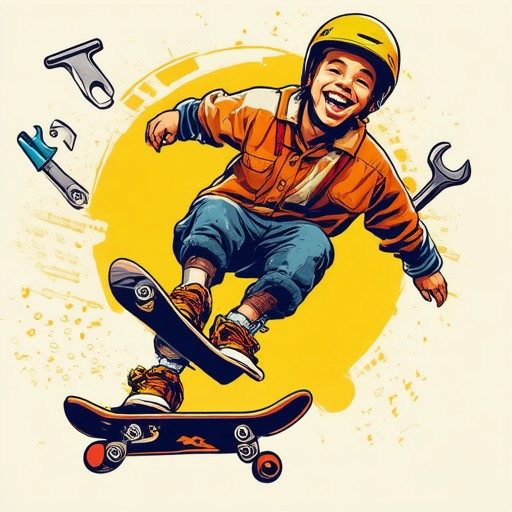
Can an Adult Ride a 7.75-Inch Skateboard?
Yes, an adult can ride a 7.75-inch skateboard. This size is often recommended for individuals who are taller or heavier but still desire the agility and responsiveness typically associated with smaller boards. The 7.75-inch deck offers a balance between stability and maneuverability, making it suitable for a variety of riders, including adults.
Considerations for Adults Riding a 7.75-Inch Board:
- Riding Style: Ideal for street skating, vert, and park sessions due to its narrow design.
- Weight and Height: Suitable for adults who are taller or heavier, offering enough strength without excessive weight.
- Deck Width and Wheel Choice: Pair with 51mm or 53mm wheels for optimal speed and control.
- Customization: Can be set up for different terrains, enhancing the riding experience.
Why Choose a 7.75-Inch Board?
The 7.75-inch board bridges the gap between smaller kid-sized boards and full-size adult boards, offering a versatile option for those seeking a balance between portability and performance.
Conclusion:
A 7.75-inch skateboard is a viable option for adults, particularly those who prefer a compact, responsive ride. Its versatility makes it ideal for a range of skating environments, from city streets to skate parks.
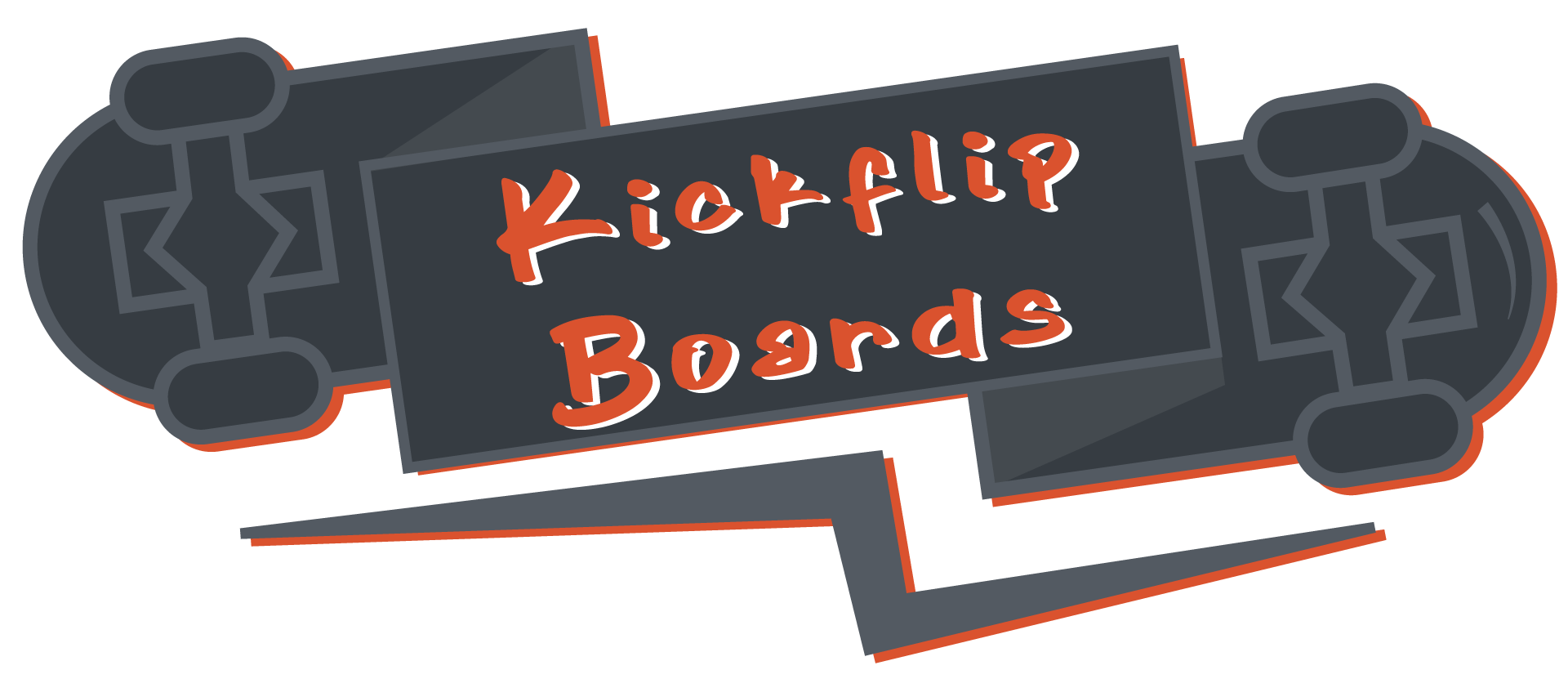



0 Comments